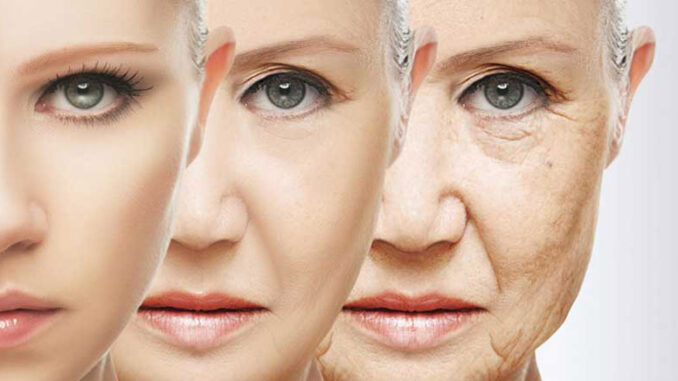
Introduction
According to Mark Roemer Oakland, human suffering stems from things that we cannot control yet and one of the big ones is the natural process of aging. We are in a constant race against time and one of the biggest challenges of the medical world is to find a solution the reverses aging or at least, slows it down to a manageable level.
The Future
Here are a few innovative anti-aging treatments that have gained popular attention:
- Dietary restriction – In the 1930s, a study done on rats have shown that rats that have been fed less compared to other rats in the experiment could live much longer by staying younger. It is yet uncertain whether such an occurrence can also apply to large animals such as humans, but scientists are performing constant research to turn this thought into a reality.
In fact, recent breakthroughs in modern science have allowed researchers to work on ‘dietary restriction mimetic’ drugs such as metformin and rapamycin. These drugs emulate the condition of eating less but also allow you to deal with hunger pangs but not restricting your diet.
- Telomerase therapy – The human DNA is made up of 46 chromosomes and each chromosome contains a pair of protective regions known as a telomere. As you age, the telomeres get shorter which increases the risk of death due to old age.
Scientists have discovered an enzyme known as telomerase that can help to elongate your telomeres. In fact, telomerase was considered a potential life-extending therapy in the late 1990s until it was discovered that too much telomerase can increase the risk of cancer.
Recent studies have shown that temporary telomerase therapy can also prove to be useful in improving bone density and better blood sugar control without increasing the risk of cancer.
- Induced pluripotent stem cells – One of the most exciting solutions in the field of anti-aging treatments and medicine is induced pluripotent stem cells (iPSCs). iPSCs are made by blending a mix of four different genes and normal humans’ cells that allow scientists to convert them into any type of humans’ cells.
And this is not just in theory. Scientists have been able to turn iPSCs into fresh eye cells in order to replace the ones lost due to age-related macular degeneration. In the near future, iPSCs can be used to replenish cells lost due to the aging process, injury, and accident and heal diseases such as arthritis, Parkinson’s, tooth decay, and more.
- Senolytic drugs – The use of senolytic drugs to get rid of senescent cells are another exciting prospect for anti-aging treatment. As we get older, we start to develop senescent cells (i.e., cells that have DNA damage due to too many replications). These cells secrete molecules that accelerate the aging process and start a vicious cycle of degeneration. Fortunately, scientists have discovered drugs and treatment options that have been used to get rid of these cells in mice. In the future, if everything goes well regarding senolytic drug research, they could be used to treat cancer, defy heart problems, reverse the signs of anti-aging, and even prevent diseases from developing in the first place.
Conclusion
Mark Roemer Oakland believes that the research into anti-aging treatments would continue to drive our hopes in the future. We have come a long way since the dawn of the medical age, and we have yet to go a long way in the future to cure illnesses and health problems that we can only dream of today.
